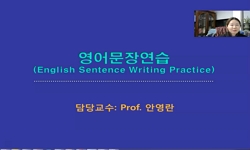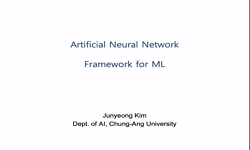기계번역에서 올바른 번역 문장을 구성하기 위해서는 원시 문장의 의미를 올바르게 표현하면서 자연스러운 목적 문장을 구성하는 번역어를 선택해야 한다. 본 논문에서는 '단어-의미 의미-...
http://chineseinput.net/에서 pinyin(병음)방식으로 중국어를 변환할 수 있습니다.
변환된 중국어를 복사하여 사용하시면 됩니다.
- 中文 을 입력하시려면 zhongwen을 입력하시고 space를누르시면됩니다.
- 北京 을 입력하시려면 beijing을 입력하시고 space를 누르시면 됩니다.

`단어-의미 의미-단어` 관계에 기반한 번역어 선택 = Translation Disambiguation Based on 'Word-to-Sense and Sense-to-Word' Relationship
한글로보기부가정보
국문 초록 (Abstract)
기계번역에서 올바른 번역 문장을 구성하기 위해서는 원시 문장의 의미를 올바르게 표현하면서 자연스러운 목적 문장을 구성하는 번역어를 선택해야 한다. 본 논문에서는 '단어-의미 의미-단어' 관계, 즉 원시언어의 한 단어는 하나 이상의 의미를 가지고 각 의미는 각기 다른 목적언어 단어로 표현된다는 점에 기반하여, 원시 단어의 의미 분별과 목적 단어 선택을 결합하여 번역어를 선택하는 방식을 제안한다. 기존의 번역방식은 원시 단어에 대한 목적단어를 직접 선택하는 '단어-단어' 관계에 기반하고 있기 때문에, 원시언어를 목적 언어로 직접 대응시키기 위한 지식을 필요로 하여 지식 획득에 어려움이 있었다. 본 논문의 방식에서는 원시 단어의 의미 분별과 목적 언어의 단어 선택의 결합을 통해 번역어를 선택함으로써, 손쉽게 획득할 수 있는 원시 언어와 목적 언어 각각의 지식원에서 번역어 선택을 위한 지식을 자동으로 추출할 수 있다. 또한 원시 언어의 의미와 목적 언어의 쓰임새를 모두 반영하여 충실도와 이해도를 모두 만족시키는 보다 정확한 번역어를 선택할 수 있다.
다국어 초록 (Multilingual Abstract)
To obtain a correctly translated sentence in a machine translation system, we must select target words that not only reflect an appropriate meaning in a source sentence but also make a fluent sentence in a target language. This paper points out that a...
To obtain a correctly translated sentence in a machine translation system, we must select target words that not only reflect an appropriate meaning in a source sentence but also make a fluent sentence in a target language. This paper points out that a source language word has various senses and each sense can be mapped into multiple target words, and proposes a new translation disambiguation method based on this 'word-to-sense and sense-to-word' relationship. In my method target words are chosen through disambiguation of a source word sense and selection of a target word. Most of translation disambiguation methods are based on a 'word-to-word' relationship that means they translate a source word directly into a target wort so they require complicate knowledge sources that directly link a source words to target words, which are hard to obtain like bilingual aligned corpora. By combining two sub-problems for each language, knowledge for translation disambiguation can be automatically extracted from knowledge sources for each language that are easy to obtain. In addition, disambiguation results satisfy both fidelity and intelligibility because selected target words have correct meaning and generate naturally composed target sentences.
동일학술지(권/호) 다른 논문
-
- 한국정보처리학회
- 황두성
- 2006
- KCI등재
-
영상의 1차 모멘트와 기저영상을 이용한 효율적인 얼굴인식
- 한국정보처리학회
- 조용현
- 2006
- KCI등재
-
컴퓨터 게임을 위한 물리 엔진의 성능 향상 및 이를 적용한 지능적인 게임 캐릭터에 관한 연구
- 한국정보처리학회
- 최종화
- 2006
- KCI등재
-
- 한국정보처리학회
- 조부현
- 2006
- KCI등재




 ScienceON
ScienceON KISS
KISS




